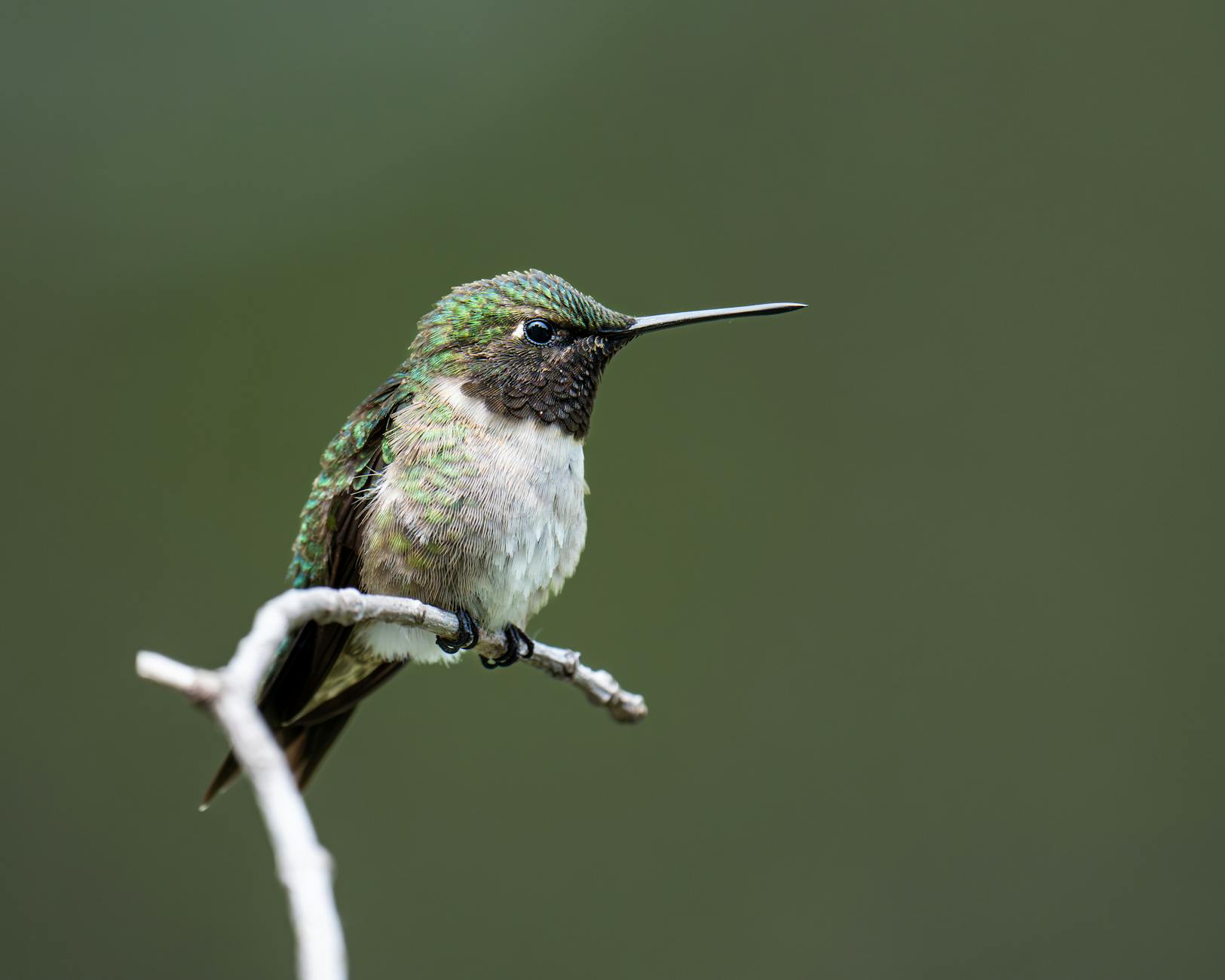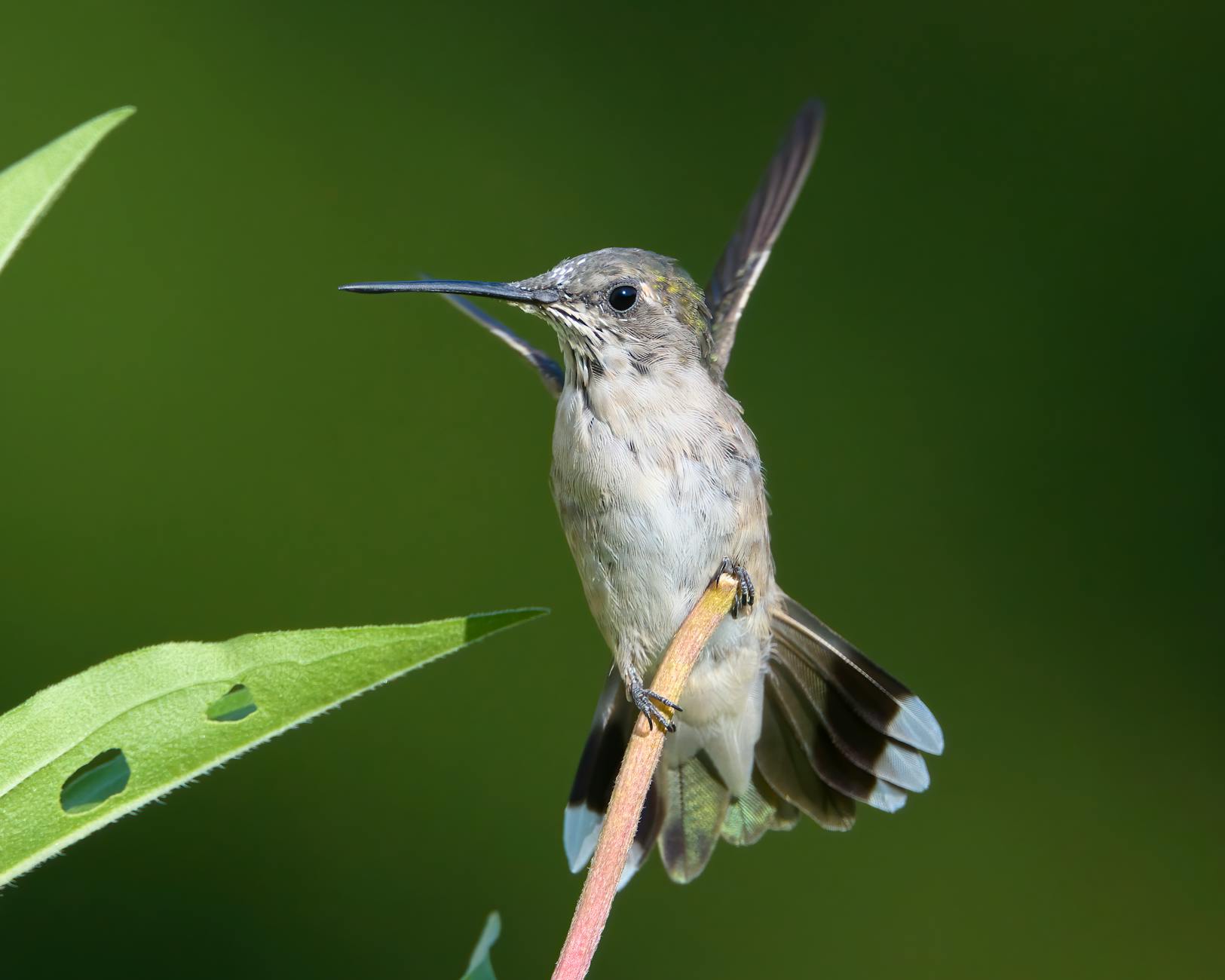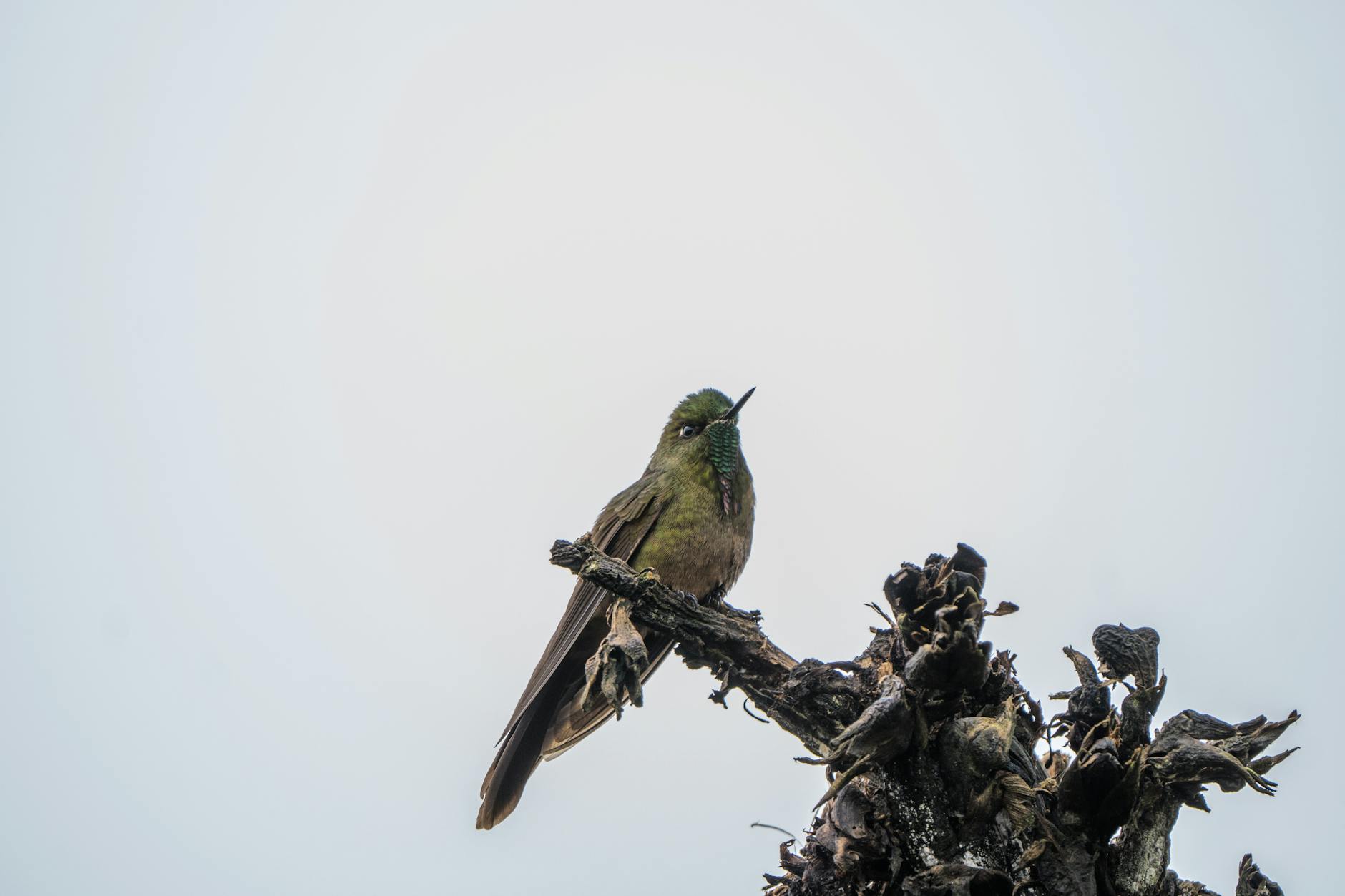
Are Hummingbirds Starting Their Migration South? What to Know This Season
The flutter of a hummingbird signals changes in the air. As days grow shorter and nectar sources dwindle, these tiny travelers begin their epic journey south. By late summer or early autumn, hummingbirds start their migration, driven by instinct and survival. This annual movement is more than a sign of seasonal change—it’s a fascinating display of determination and endurance. If you’re wondering whether they’ve started heading south already, the answer is likely yes. The first movements have begun, marking the start of one of nature’s most remarkable migrations.
Understanding Hummingbird Migration
Each autumn, hummingbirds embark on one of nature’s most demanding journeys. These tiny, energetic birds migrate hundreds, sometimes thousands, of miles to escape the harsh cold and find food supplies. Let’s explore what drives this incredible phenomenon, the unique migration patterns of hummingbird species, and the energy-intensive process they undergo to pull it off.
What Drives Migration?
Migration isn’t a random decision—it’s a survival mechanism. Hummingbirds respond to changes in their environment that act as triggers for the journey south.
- Daylight Changes: As the length of daylight decreases, a hormonal response in hummingbirds kicks in, signalling the need to migrate. Known as the photoperiod, this subtle shift acts as their internal calendar. Learn more about the role of daylight in migration.
- Food Shortages: With cooler temperatures, flowers wilt and insects diminish, leaving hummingbirds with fewer food sources. A shrinking buffet prompts them to seek better conditions further south (source).
These instinctual triggers combine to ensure that these colourful creatures leave at just the right time.

Photo by Skyler Ewing
Hummingbird Species and Their Migration Patterns
Not all hummingbirds follow the same path. Each species has its unique travel itinerary, shaped by habitat and food preferences.
- Ruby-throated Hummingbirds: This species migrates from North America to Central America, flying across the Gulf of Mexico—a 500-mile non-stop journey! They prefer funneling through the eastern United States before crossing the ocean. Explore their migration maps here.
- Rufous Hummingbirds: Known for their stamina, these birds follow a clockwise migration loop, heading north through the Pacific Coast in spring and then southward via the Rocky Mountains. Their migration is one of the longest for hummingbirds, extending thousands of miles (source).
Each species adapts to its environment, showcasing their resilience and determination on these remarkable journeys.
Energy Demands of Migration
The physical challenge of migration is nothing short of extraordinary. Hummingbirds need immense energy reserves to sustain their flight.
- Weight Gain Before Travel: Before they begin migrating, hummingbirds undergo hyperphagia—a period of intense feeding. They double their body weight by consuming nectar and insects to build the fat stores they rely on during the long flight. This feeding frenzy is crucial for their survival (source).
- High Energy Expenditure: Migrating requires fuel, and plenty of it. Hummingbirds burn energy with astonishing efficiency, flapping their wings up to 80 times per second. This is why they make pit stops to refuel along the way—resting and feeding at flower-rich locations (source).
It’s a delicate balance of preparation and exertion that allows these tiny birds to overcome enormous odds.
When Do Hummingbirds Begin Their Journey South?
As summer fades, hummingbirds gear up for their southward migration—a journey that’s part instinct and part survival. But not all hummingbirds follow the same timeline or even migrate at all. Let’s explore the factors influencing their travel and the exceptions to the rule.
Regional Differences in Timing
Your location plays a significant role in when hummingbirds start heading south. Hummingbirds in northern regions—including Canada and the upper Midwest of the United States—typically begin their migration earlier, often in late July or early August. Why the rush? Colder temperatures arrive sooner, cutting short their access to food.
In contrast, southern regions like Texas and Florida see hummingbirds lingering until September, sometimes even as late as October. The abundance of flowers and milder weather give them more time to prepare.
For species like the Ruby-throated Hummingbird, the peak of migration activity stretches from mid-August through September. During this time, you might notice more hummingbirds stopping by your feeders, fuelling up for the long flight. Many will even retrace their spring migration routes, heading over land or crossing vast bodies of water like the Gulf of Mexico. Have a look at this migration map for more timing details.
Do All Hummingbirds Migrate?
Interestingly, not all hummingbirds pack their tiny suitcases and head south. Species like Anna’s Hummingbird defy the seasonal norm by staying year-round in regions with relatively mild winters, such as coastal California and the Pacific Northwest. But how do they manage this?
- Food Availability: These non-migratory hummingbirds rely on both natural and artificial food sources, including hummingbird feeders and winter-blooming plants.
- Mild Winters: A temperate climate ensures they can survive without making the arduous journey south.
Despite this, the majority of hummingbird species do migrate. Their need for abundant food outweighs the challenge of long-distance travel. Learn more about their migration behaviours here.

Photo by Pete Weiler
Every hummingbird migration reflects a delicate balance between instinct and adaptation. Their timing, routes, and unique strategies make each journey a marvel of nature. With cooler days now here, have you noticed any hummingbirds beginning their voyage yet?
The Journey: Routes and Challenges
Hummingbirds’ migration is a spectacle of nature’s determination. These tiny birds, often weighing less than a coin, traverse vast distances over diverse landscapes to reach their southern destinations. The intricate paths they take and the hurdles they overcome reveal their endurance and adaptability.
Navigating Migration Routes
Migration for hummingbirds often aligns with well-travelled pathways, called flyways, which provide food and safety during their journey. One of the most well-known is the Pacific Flyway, a route stretching from Alaska to South America.
- The Pacific Flyway: This pathway is particularly important for species like the Rufous Hummingbird. It provides access to resources such as flowering plants and insects during their long journey south. Along this stretch, these adaptable birds navigate coastal regions and mountainous terrains with remarkable precision. Learn more about the Pacific Flyway migration.
- Other Routes: Depending on their starting point, some hummingbirds use the Central Flyway or focus on specific terrains, like valleys and foothills, to maintain access to food sources. Mapping these routes showcases their innate GPS-like navigation. You can explore more about other migration routes here.
Overcoming Obstacles
The flight southward isn’t free of danger. Migration is fraught with situations that test a hummingbird’s survival.
- Food Scarcity: As these birds migrate, finding enough fuel, such as nectar or small insects, becomes critical. Some regions on their path have depleted resources, forcing them to rely on stored fat reserves.
- Predators: From hawks to snakes, many predators lie in wait along their migration routes. Their ability to perform rapid manoeuvres mid-flight often saves them from danger.
- The Gulf of Mexico Crossing: One of the greatest challenges faced by certain species, like the Ruby-throated Hummingbird, is crossing vast waters such as the Gulf of Mexico. This stretch, spanning over 500 miles, requires non-stop flight for several hours with no opportunity to land. Read about how these birds manage to survive this daunting Gulf crossing.
How Far Can They Travel in a Day?
Hummingbirds are small but mighty. On average, these resilient birds can travel anywhere between 25 and 50 miles in a single day during migration. However, under favourable conditions—such as strong tailwinds—they have been known to cover distances as large as 500 miles in just one flight.
- Tailwind Advantage: Just as a cyclist benefits from a pushing gust, hummingbirds use tailwinds to conserve energy and travel greater distances faster.
- Non-stop Stamina: Their journey may seem exhausting to us, but it’s their heightened metabolism and stored fats that allow them to power through. Discover interesting facts about daily travel and migration.
These distances are a triumph of nature. For a creature so small, their determination to reach their destination speaks volumes about their survival instincts.

Photo by David Peinado
How to Support Migrating Hummingbirds
As hummingbirds embark on their long journey south, they rely on resources to sustain them along the way. These resources can come from the environment around them or deliberate efforts by humans to create a supportive habitat. By offering food, safety, and natural nourishment, you can actively help these vibrant creatures during migration.
Setting Up Feeders

Photo by Juan Felipe Ramírez
A well-maintained feeder can be a lifeline for migrating hummingbirds. With natural food sources like flowers becoming scarce in the autumn, providing a clean and reliable source of sugar water keeps their energy reserves replenished.
- Sugar Water Mixture: Use a simple, tried-and-tested recipe: 1 part sugar mixed with 4 parts water. Skip red dye—it’s unnecessary and potentially harmful.
- Regular Maintenance: Feeders must be cleaned every 2–3 days, more often in hot weather. Dirty feeders can harbour mould or bacteria, which is dangerous for hummingbirds. Learn more about feeder maintenance here.
- Placement Tips: Position feeders in shaded areas to slow spoilage and minimise spills that could attract ants or bees.
By keeping the feeders fresh and strategically positioned, you’re helping to support their journey while ensuring it remains a safe stopover.
Creating Safe Habitats
Helping hummingbirds isn’t just about food; ensuring their safety is just as critical. Migration is fraught with hazards, many of which are amplified by urban environments. Here are simple ways you can reduce risks:
- Prevent Window Collisions: Use window decals or draw curtains to minimise reflective surfaces that confuse birds. These adjustments greatly reduce the chance of injury during pit stops.
- Reduce Light Pollution: Artificial lights can disorient migrating birds, making night-time travel difficult. Turn off unnecessary outdoor lighting to create a safer passage.
- Keep Cats Indoors: Cats are natural predators of small birds. Keeping them inside ensures visiting hummingbirds remain unharmed.
Creating a safe, welcoming environment gives migrating hummingbirds the chance to rest and recharge without encountering unnecessary obstacles.
Providing Natural Food Sources
Human-provided feeders are helpful, but natural nectar remains one of the most nutritious sources of sustenance for hummingbirds.
- Planting Native Flowers: Choose long-blooming, nectar-rich plants like trumpet vine, bee balm, or salvia. These plants are magnets for hummingbirds throughout migration.
- Leave Flower Stems Intact: Resist the urge to prune back flowers in the autumn. Dried blooms can hold small reserves of nectar while also harbouring insects—a protein-packed snack. Read more tips on creating a hummingbird-friendly yard.
- Minimise Pesticide Use: Pesticides not only kill pests but can also poison hummingbirds and their food sources. Opt for natural gardening methods instead.
Encouraging biodiversity in your garden provides migrating hummingbirds with an instinctive and safe place to refuel. Plus, who wouldn’t love watching their colourful antics up close?
Conclusion
Hummingbirds’ migration south is a testament to their resilience and instinct for survival. By understanding their seasonal movements, we can better appreciate the challenges they face and provide support where needed. Small actions—like maintaining feeders, protecting natural habitats, or minimising hazards—can make a significant difference.
As they travel incredible distances, these awe-inspiring creatures remind us of nature’s intricacies. Have you spotted any hummingbirds preparing for their journey yet?




